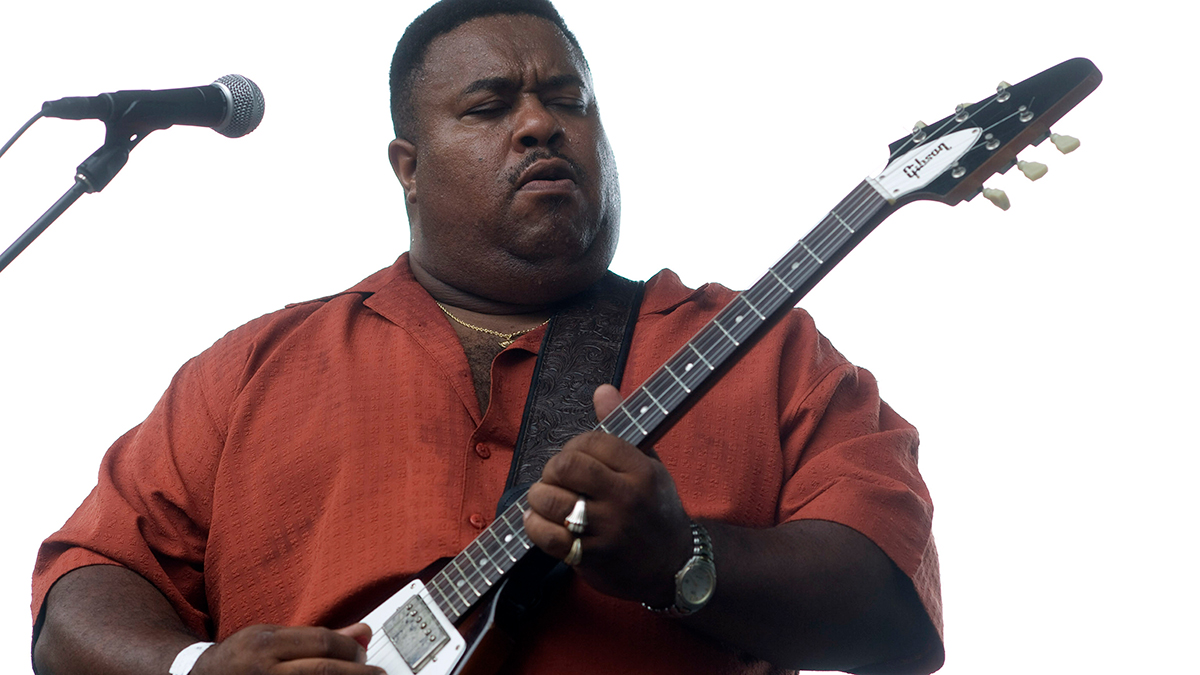Interview: Sonic Youth's Lee Ranaldo Discusses Gear and His New Album, 'Between the Times and the Tides'
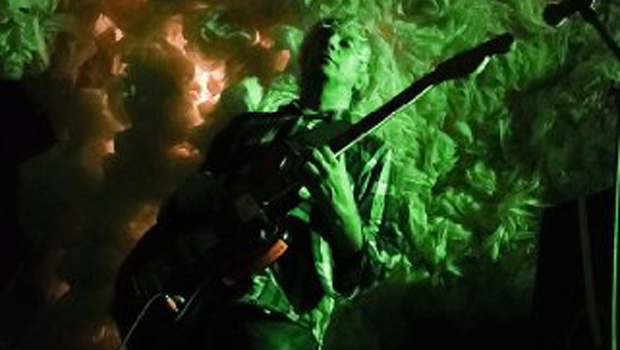
Sonic Youth guitarist Lee Ranaldo released Between The Times and The Tides, his first purely song-based, non-experimental solo outing, March 20 via Matador Records.
The album, a disc full of driving, melodic, guitar-based rock, is also aptly titled, since it comes at what is — at best — a "between" period for Sonic Youth, whose resident husband-and-wife team, Thurston Moore and Kim Gordon, announced their divorce late last year.
One of the album's many selling points is the pithy whirlwind of sound created by a killer three-guitarist lineup: Ranaldo, Text of Light's Alan Licht and the infinitely versatile Nels Cline of Wilco, who also tackles lap steel. Other contributors include Medeski Martin & Wood's John Medeski on keyboards, Irwin Menken as the album's main bassist and Kathy Leisen and Leah Singer (Ranaldo's wife) lending their voices.
Although Between The Times and The Tides gives in to Ranaldo's earliest musical influences — opening with a riff reminiscent of The Rolling Stones' "Paint It Black" and closing with an ode to The Beatles' "Tomorrow Never Knows" — it doesn't hide its many nods to Sonic Youth.
How could it, with so many members of the band's extended family along for the ride? SY's Steve Shelley plays drums, former SY drummer Bob Bert adds congas, frequent SY collaborator Jim O'Rourke contributes bass, and John Agnello — producer of Sonic Youth's Rather Ripped and The Eternal — shares the helm with Ranaldo.
Members of the album's core band — Ranaldo, Shelley, Cline and Medeski — recorded music together as The Million Dollar Bashers for the soundtrack to the 2007 Bob Dylan biopic, I'm Not There. That band also featured Television guitarist Tom Verlaine.
Ranaldo recently took some time out to discuss his new album in detail — plus his gear (including inexpensive Canadian acoustic guitars and Italian Ampeg clones), new alternate tunings, recording with Cline and the status of Sonic Youth.
All the latest guitar news, interviews, lessons, reviews, deals and more, direct to your inbox!
[[ Read more from this interview: Lee Ranaldo discusses the Fender Lee Ranaldo Jazzmaster ]]
GUITAR WORLD: Your past solo albums have been experimental, and only one or two of these new songs would fit, stylistically, alongside your Sonic Youth compositions. Where does this new direction stem from – or has it always been there?
Maybe you’re right in that Sonic Youth wasn’t particularly ready to tackle this kind of material from me. We tried a couple of times over the years with songs that would fit in with this set, but it really wasn’t Sonic Youth’s métier or whatever.
These songs were all written in the last year and a half, primarily on acoustic guitars. One in particular is a cheap little parlor-size acoustic guitar by a company called Art & Lutherie, part of Godin Guitars, and it is a killer guitar. I did a project producing somebody, and they had one of these guitars and it recorded really well, which is kind of amazing. I think at that point, they were $150 or something. I think they cost more than that now, but it is a killer little guitar, the kind of guitar you can drag around with you and beat up and not worry too much about it. I started writing them all on that guitar and some other acoustics.
Did the project start out as an acoustic album?
I really had no designs on an acoustic record at this point. Sonic Youth was kind of in a slow period, which is what allowed these songs to grow and develop, because I’m always writing these kinds of acoustic changes and things; I’ve never really put them together before and compiled them and finished them off. Partly it was because I really took my time on this record – and I really had the time to take, because we weren’t doing much.
But I was doing a lot of other different things, like suspended-guitar performances with my wife and large outdoor performance works, but somebody invited me to do a solo acoustic show in the south of France in May 2010. When I was practicing for that show, I thought I’d just play a bunch of the Sonic Youth songs I’d written over the years on acoustic guitar. But one of the songs from the new record, “Lost,” just sort of popped out and opened some kind of faucet or something. That summer, all these songs just kept flowing out behind that one. So two weeks later at the gig, I opened the set with that song.
It went from being an idea to being a complete song ready for performance in a week and a half, two weeks, which was pretty fast. There was something about it that was empowering. These other songs kept coming, and I kept compiling them. I really thought by the fall I’d go into the studio and make a very simple solo acoustic record, so I started laying them down in a little bit more hifi fashion at our studio.
One thing led to another. I had a group of songs, I had Steve play on some because I thought they’d be the right kind of thing for a drummer to play on, and it just kind of organically grew from there. I asked a local friend of mine, Irwin Menken, to play bass, so I had a rhythm section, and it got serious enough that we pretty much tracked all the stuff as a three-piece and then started inviting friends to come in, including John Medeski, Nels Cline and Alan Licht.
It’s the kind of record I’ve wanted to make for a long time and for one reason or another never got around to doing. I’m super-pleased with the way it came out. I think if it were really close to Sonic Youth, it would almost be a little awkward in some way. I like the fact that it’s different, instrumentation-wise, especially having John Medeski in there.
I can’t picture you without your army of Fender Jazzmasters. Are they featured heavily on Between The Times and The Tides?
Yeah, it’s mostly Jazzmasters, plus one fairly new guitar that was sent to me to try out, and I’m kind of digging it. It’s made by a company called Jarrell Guitars, a Chinese-made boutique company. They’re two or three years old. I don’t know how the guy got in touch with me, but he wrote and asked if I’d like to try out this guitar. He said, “I’ve got a guitar I really think you’d like” — and they’re pretty cool. The guy is a fine-art photographer who moved into making guitars. They’re well crafted, but very different from Jazzmasters — no tremolo and a neck like a Gibson.
I also used an array of acoustic guitars, a bunch of different Martins and Gibsons, an early ‘70s Martin D-35, a 2000-era Martin 00018, a Gibson J-50 from the early ‘70s or late ‘60s and a Gibson J-45.
[[ Read more from this interview: Lee Ranaldo discusses the Fender Lee Ranaldo Jazzmaster ]]
What about amps? I saw a photo of you this morning on some website, and you were sitting in front of an Orange head.
It must be something from the studio; I haven’t played an Orange amp in a long time. My amp is a Super Reverb; that’s really what it comes down to. But for this album, we used a Fender Pro Sonic. I don’t know if they still make them, but we got it some years ago for Sonic Youth. It didn’t prove to be too interesting live, but it’s a pretty cool recording amp. I have a feeling it’s partly solid state and partly tubes.
I did a lot of the tracking with that, and we used a bunch of smaller amps. There was a weird little amp called a Giulietti, which is like an Italian Ampeg clone, and an old souped-up brown-tolex Princeton. There are tons of amps in our studio, so there might’ve been places where a really old vintage tweed Deluxe got used. But mainly for tracking, it was the Pro Sonic and the Super Reverb.
Are you still using alternate tunings?
Yes, quite definitely so. Actually, to my chagrin at this point, there are too many tunings. Going out live, I need to bring a whole bunch of guitars, so it’s kind of back in the same situation as Sonic Youth — lugging around five or six guitars to do 10 songs. But it’s just part of the way I work at this point.
I explored a lot; they’re all brand-new tunings on this album, none of them are from the Sonic Youth period. They’re things that started happening, and you just sort of roll with it. I’ve got new songs being developed now that use all those tunings. There’s one song on the album in standard tuning, “Fire Island,” which is probably the first song I’ve put out — that wasn’t a cover song – in standard tuning since the first Sonic Youth album, that blue one back in ’82 [Sonic Youth].
Has your pedal board changed for the new album and tour?
I used very little in the way of pedals on this one, a stripped-down version of what I always use. My main pedal is the Ibanez Analog Delay, the AD9 or the AD80, whichever one it is. That’s my go-to pedal for short delay. I don’t think I could live without that pedal. Aside from that, I used a Voodoo Lab Sparkle Drive and this other cool boutiquey overdrive called the Honey Bee made by a company in Scandinavia called BJF Electronics. And a DOD Two Second Digital Delay on some parts.
Where do you set your delay?
The Two Second Delay I keep kind of in the middle, between one second and two seconds. The Analog Delay I keep on the longest setting possible. I almost never use that super-short slappy thing. We really get that looping, build-up thing.
How did you and the other two guitarists divvy up the work?
We tracked the stuff with just the rhythm section and me, and I was putting down very basic guitar parts. Then I overdubbed a couple more parts and sent those tapes to Alan and Nels. They each came into the studio — I kind of worked differently with each of them, and I don’t think either of them was listening to anything but my guitar parts when they came in and recorded.
Alan came in with really specific parts for every song, the kind of parts you’d want in a two-guitar band, which is why he’s the other guitarist at this point; he really came up with these complementary parts that were sort of the other side of the coin from my parts. I liken it to when Thurston and I play; we make these parts that complement each other; it’s not specifically one playing rhythm and one playing lead, but they mesh in a great way. We’re not doubling each other, but we’re playing interconnected parts. Alan kind of naturally wrote those parts. So we already had this solid, two-guitar interplay when he put his stuff on.
What about Nels Cline?
Nels was like a utility player, and we just kind of went through the songs and said, “What does each one of these need?” The rock section of “Fire Island” needed some really ripping leads, so I asked Nels to solo over those sections. Then there are the country parts in the middle of the verse/chorus section. I wanted something really different, so he pulled out his lap steel and started playing around with that.
There were some places where I asked him to get into some weirder stuff, and we got some loopy things going, like in the middle of “Lost.” In the song’s early days, we referred to what’s now basically the lead break as “the Steve Reich part,” this minimalist, repetitive thing. So I fed that idea to Nels and he got some loopy things going. There’s subtle looping stuff like that in the back of some of the other songs too.
In “Stranded,” I didn’t even have an arrangement. I just played it for Nels and had him do three or four takes across it on a lap steel slide, kind of textural stuff. Later I kind of sculpted the song into a proper shape. It didn’t have lyrics yet, and I just kind of moved his parts around until they were right.
So every song at one point had three of us playing on the tracks almost all the way through. Then it was up to me to say, “OK, let’s make this part just me and Alan and remove Nels’ part — or the other way around — or let’s remove my parts.” There was a lot of arranging of stuff after those guys came in. It was the same with John Medeski. He came in and played across everything at first.
And what’s happening in the cool, chaotic solo break in “Angles”? Is that mostly Nels?
Yeah, that’s Nels doing his stuff with the Kaoss Pad and looping stuff. I’m soloing in that too, but I’m doing more of the straight lead stuff. It’s mostly Nels. There’s some really beautiful stuff in that song; I love what he did with the center section.
Which of these guys are in your current touring band?
Steve, Irwin on bass and Alan Licht on guitars. We’re starting pretty humbly, just as a four-piece. It’s strange to be starting a band at this point in my life. Going out with a new band, it’s a tough economic climate, no matter how many years of Sonic Youth are behind me and Steve. We’re starting humbly, opening some shows. We actually played at a record store yesterday because yesterday was the release date. Steve wasn’t around so we did an acoustic three-piece show.
I couldn’t help but notice there aren’t too many New York City shows on your touring schedule, which is unusual, since you're so deeply associated with NYC. Will that change?
There’s the one with M. Ward at Webster Hall on May 11. We’ve done three shows in New York besides the record store yesterday, but there will be more New York shows. It’s funny that there haven’t been more; we’ve been getting a touring schedule together, and I suppose in a way we’ve kind of neglected New York.
With Sonic Youth's married couple doing most of the singing live and on the albums, have you ever felt like the George Harrison of the band?
I’ve been seeing that bantered around, and it’s not a recent thing. I mean, if you’re in a band with three singers and you’re the one who sings one or two songs on a record, it’s kind of a natural comparison. I’ve always been fine with that in Sonic Youth. It always struck me as being more of a platform for Thurston and Kim’s vocalizing instead of mine. I like to sing, and I like having some stuff to sing in the group, but I never imagined I’d ever be the dominant singer in that band.
I feel like the guy in the ‘70s asking Paul McCartney when The Beatles are getting back together — but given Thurston and Kim’s situation, what’s the status of Sonic Youth?
There’s really no update to give. We’re on hiatus; obviously, Thurston and Kim have personal problems to work out. I really couldn’t tell you what the future holds. We’re working on archival projects that have been ongoing for a bunch of years, digitizing our tape archive, looking for material to release, and we’ve got a couple of potential releases in the pipeline, so that’s all continuing.
I mean, I’m talking to everybody, and we’re not talking about Sonic Youth’s future business at all at this point. I think it’ll be a while before anything happens. I guess never say never is the right thing to say at this point. I don’t think any of us could give you a clue right now.
Lee Ranaldo's new solo album, Between The Times and The Tides, came out March 20 on Matador Records. For more about Ranaldo's projects, new album and touring schedule, visit sonicyouth.com/symu/lee/.

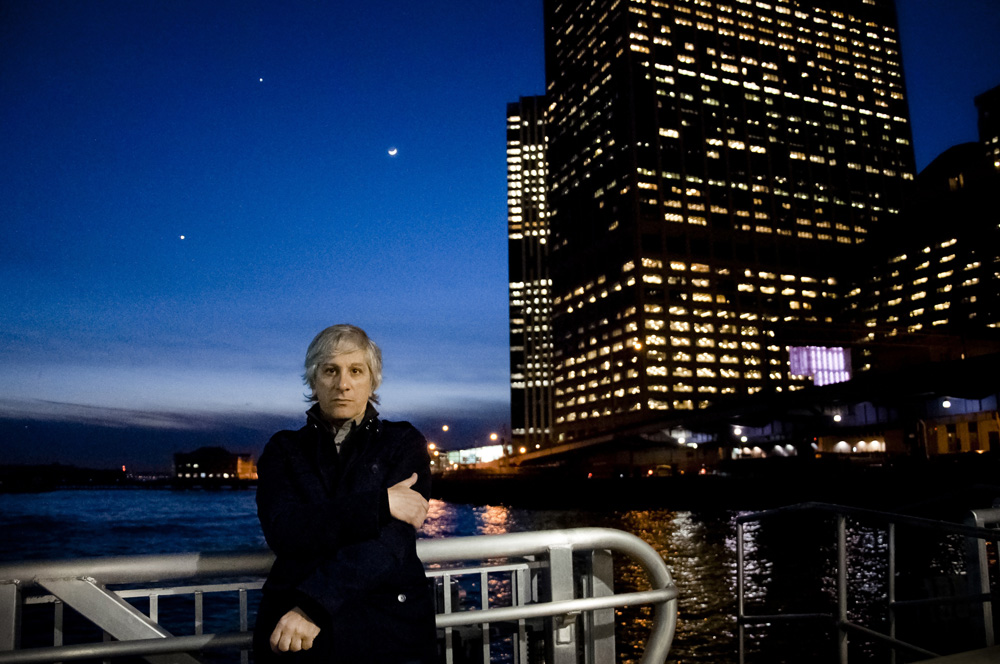
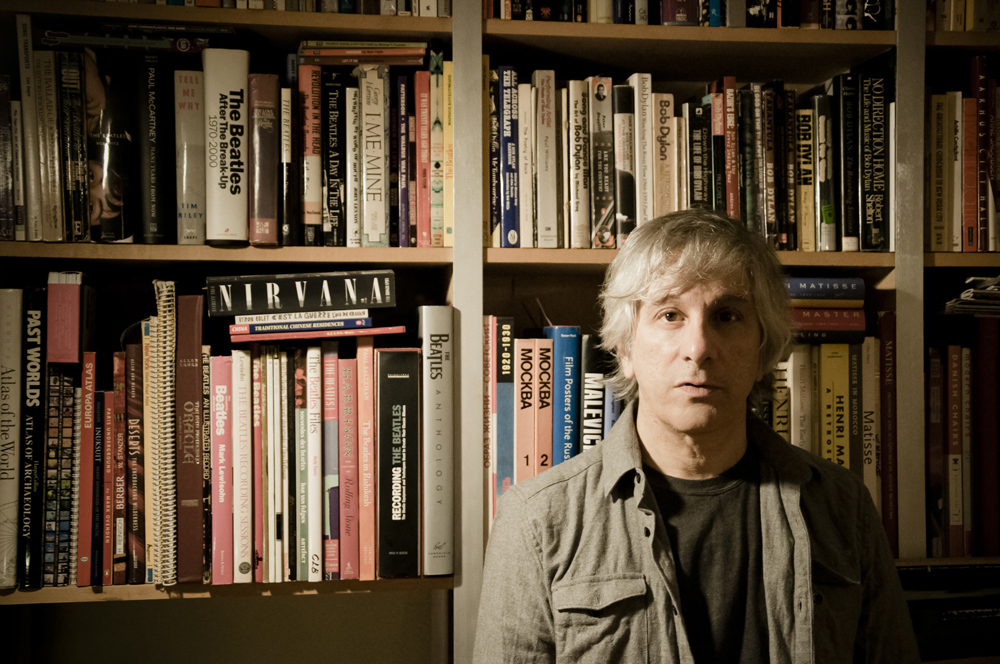
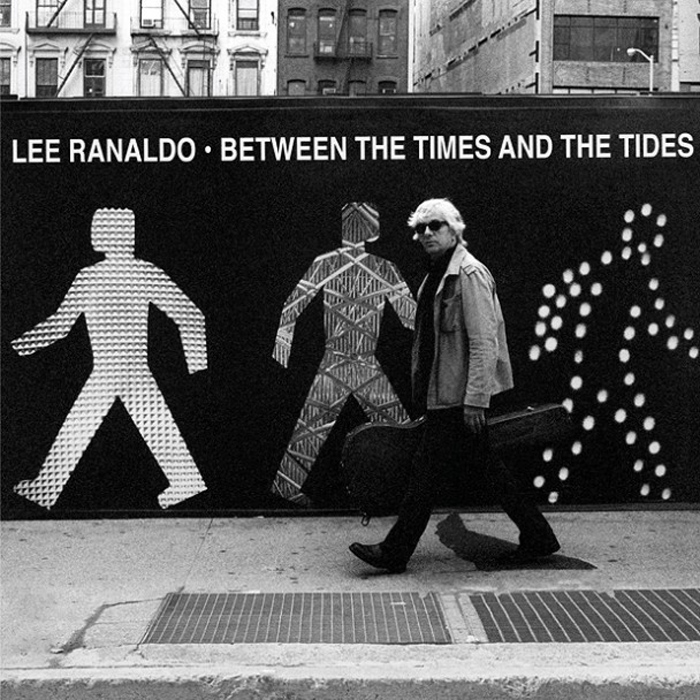
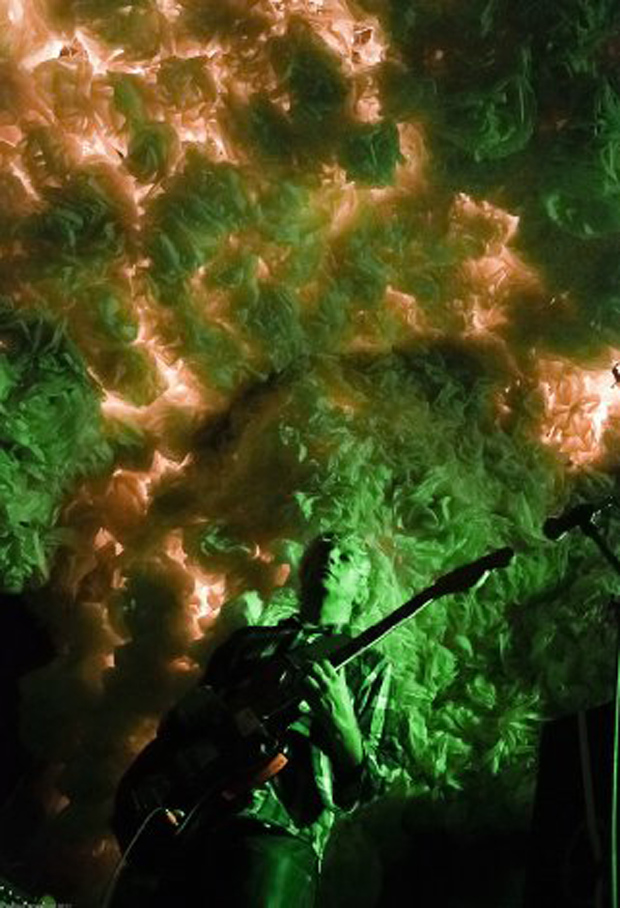

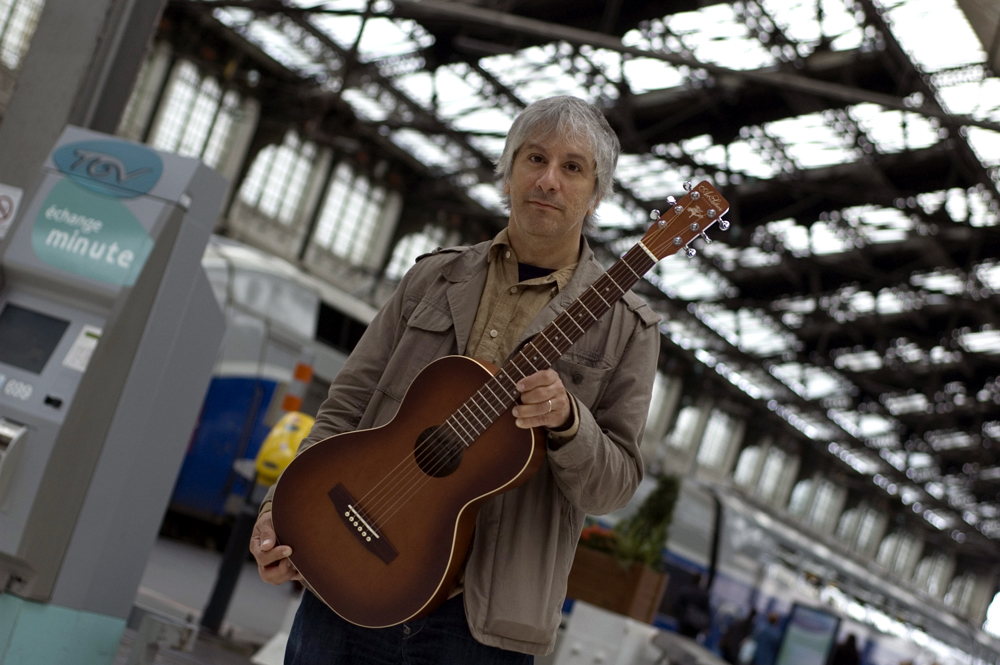
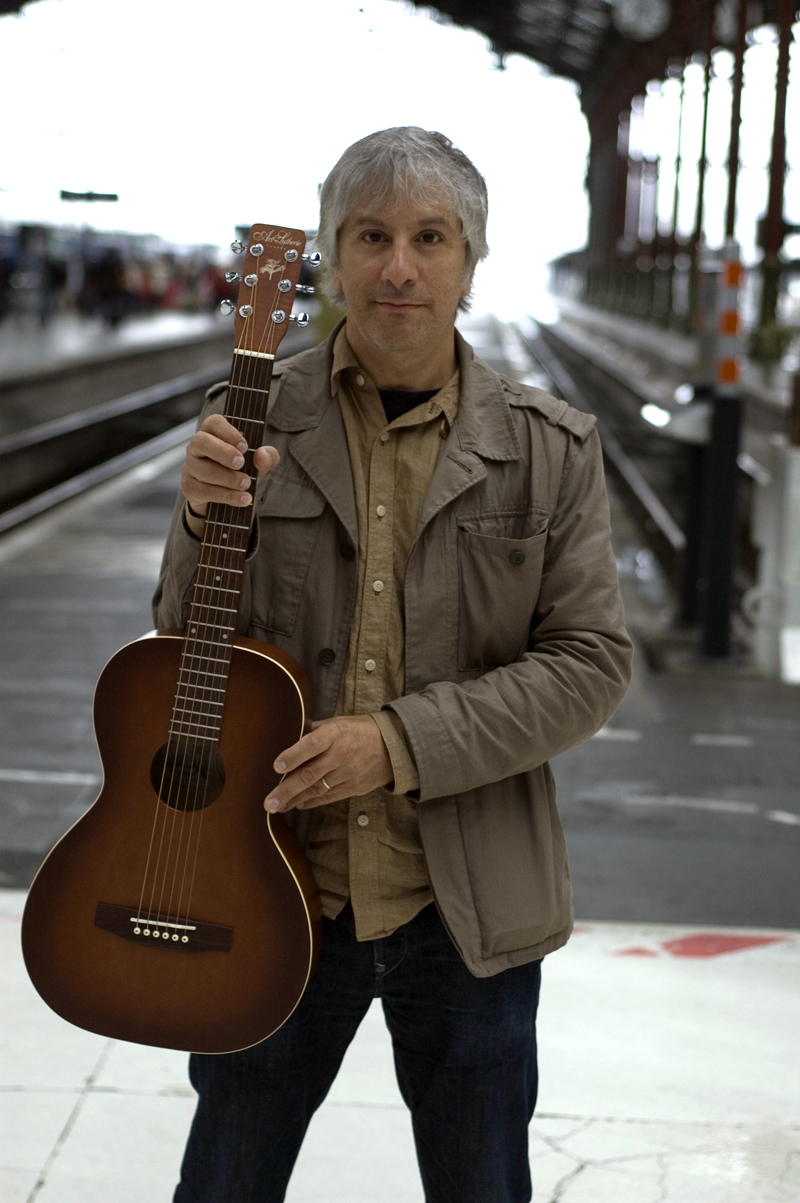
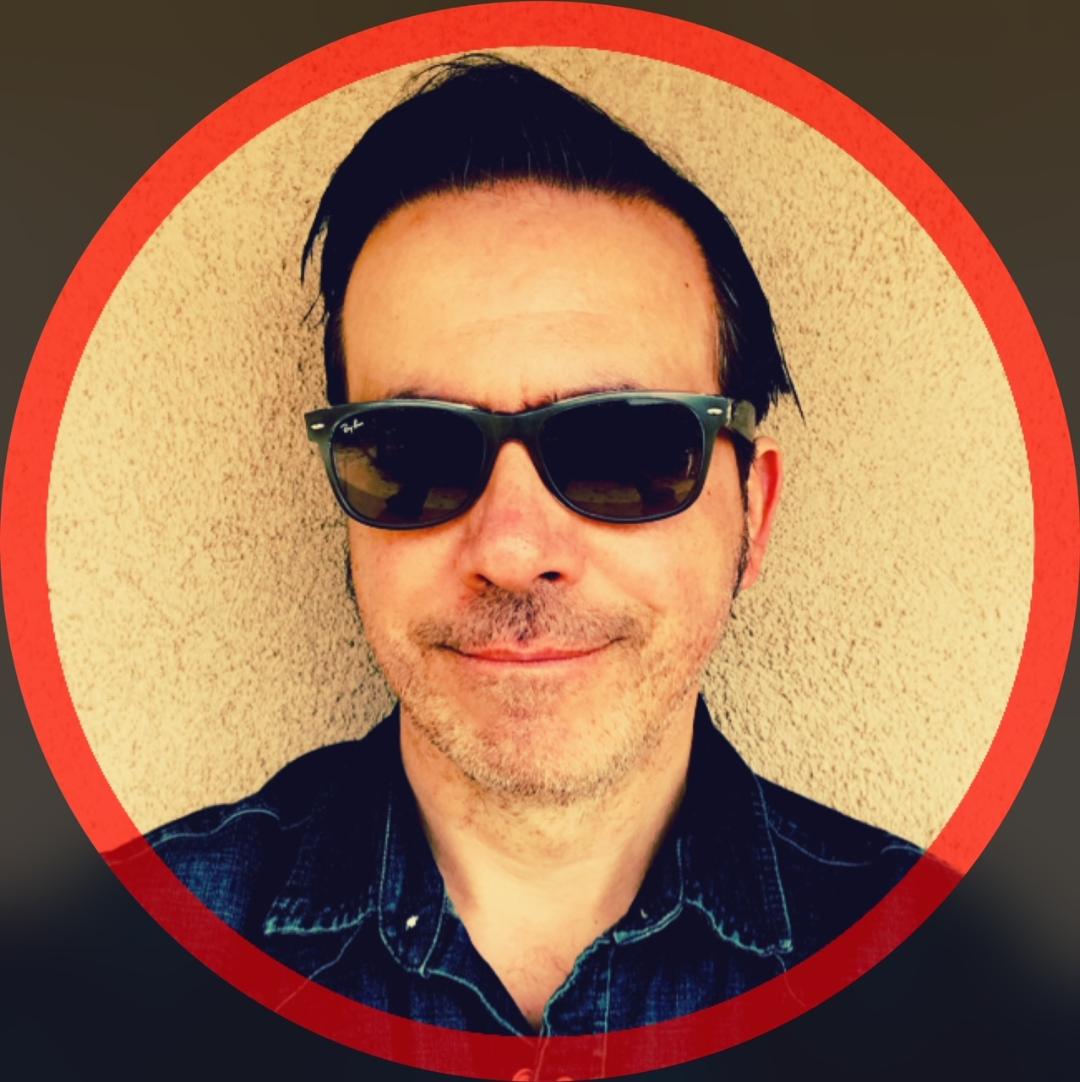
Damian is Editor-in-Chief of Guitar World magazine. In past lives, he was GW’s managing editor and online managing editor. He's written liner notes for major-label releases, including Stevie Ray Vaughan's 'The Complete Epic Recordings Collection' (Sony Legacy) and has interviewed everyone from Yngwie Malmsteen to Kevin Bacon (with a few memorable Eric Clapton chats thrown into the mix). Damian, a former member of Brooklyn's The Gas House Gorillas, was the sole guitarist in Mister Neutron, a trio that toured the U.S. and released three albums. He now plays in two NYC-area bands.


